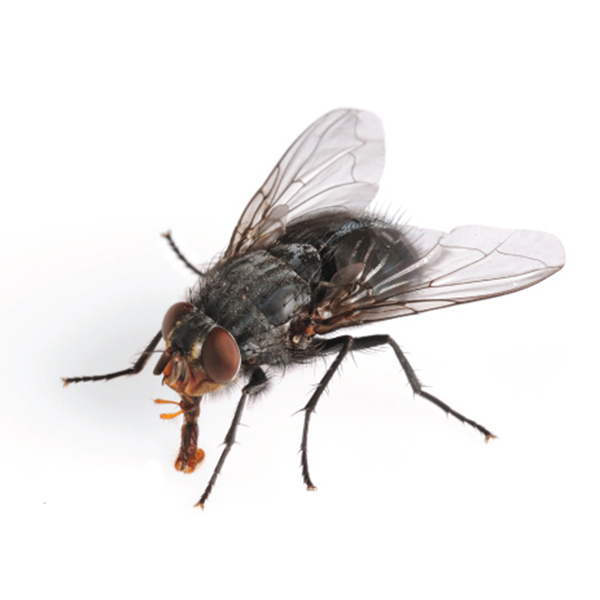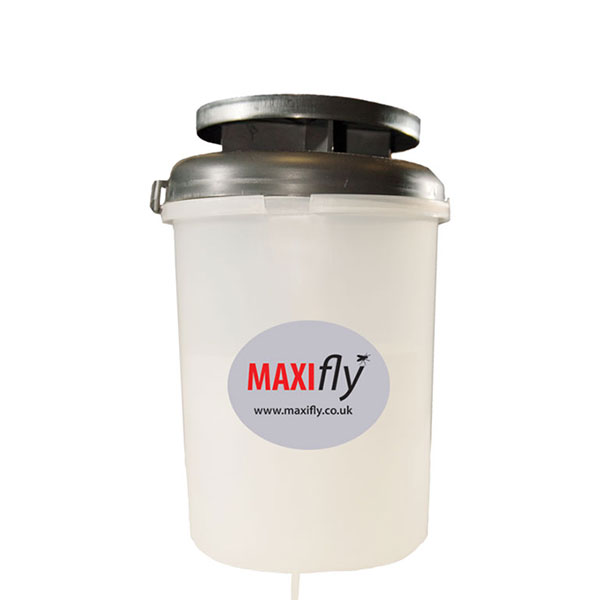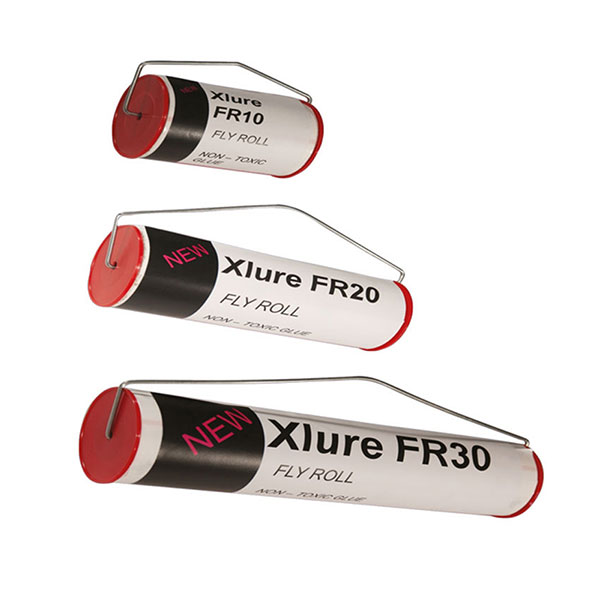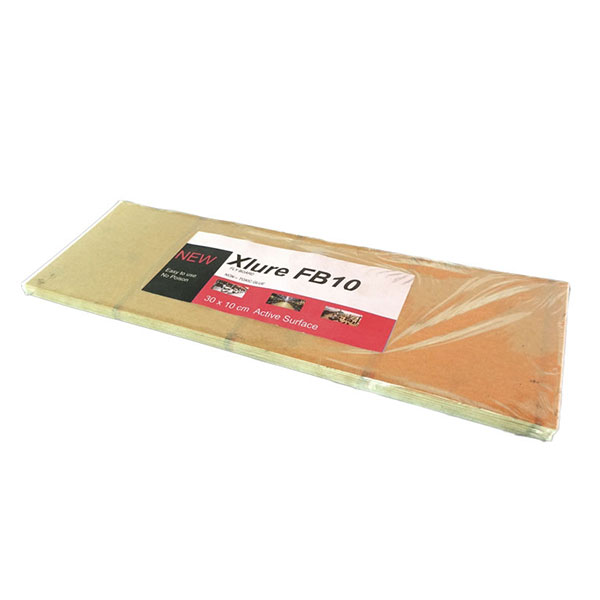Biology
- House flies are grey, approximately 6 mm long, with four dark longitudinal stripes on top of the thorax, or middle body region. The mouth parts of the house fly are adapted for sponging up liquids. They cannot bite. Flies ingest only liquid food. They feed on solid food by regurgitating saliva onto it. The saliva liquefies the solid material, which is then sponged up with the proboscis. They require water since they continually salivate. Fly specks seen on surfaces visited by house flies are their excrement.
- The eggs are deposited in decaying matter such as grass clippings, garbage, human and animal excrement. Horse manure is the preferred breeding medium. About l00-l50 eggs are deposited by each female on appropriate food.
- Eggs hatch into maggots. Maggots lack definite heads, eyes, antennae or legs. Their bodies are pointed at their front end and gradually widen at the rear.
- Once the maggot has finished feeding it will pupate- the last stage before developing into an adult.The pupa is a chestnut brown, oval object within which the larva changes into an adult house fly.
- Adults mate within one to two days after emerging from their pupal cases.
- House flies normally live about 2-2.5 weeks during the summer, but they can, at lower temperatures, survive up to three months.
Monitoring
Russell IPM offers a range of products to combat the house fly suitable for use at your home or business. Our system includes MAXIbait, MAXIfly trap, Xlure Flyroll, and Xlure Flycatcher ribbons.
The MAXIfly trap is an effective, high capacity and simple to use fly trap. The maxitrap uses the chimney effect to maximise attraction and successful trapping. This trap allows specially formulated attractant to be dispersed to almost 20 metre radius. The chimney effect also helps moderate the temperature within the trap so insects will continue to enter the trap on hot day.
MAXIbait is a natural fly attractant to be mixed with water and placed in our MAXIfly trap.
Xlure Flyroll designed with special colours and patterns for high level of attractant is easy to use anywhere house fly presence is a problem. No pesticides.
Xlure fly catcher ribbons are a highly effective and simple to use trap wherever flies and flying insects are a nuisance in and around the home. Simply pull the tape to extend the sticky fly roll exposing the high tack and attractive surface and simply hang in the problem area. Xlure fly traps are packed in 3 and supplied with drawing pins for easy hanging. As with all our Xlure retail products they contain no pesticides and are non-toxic.







